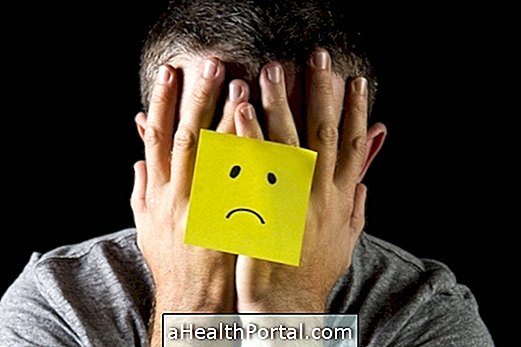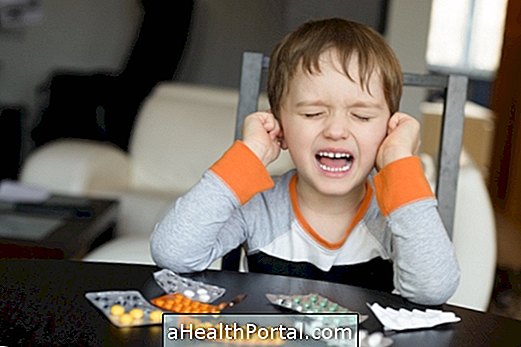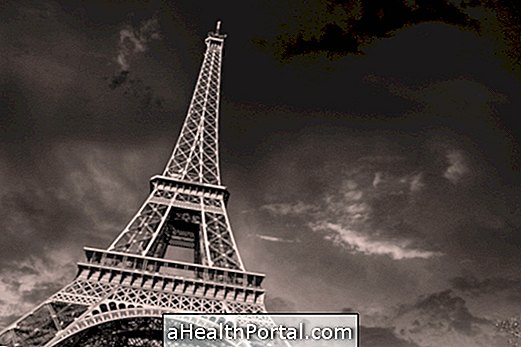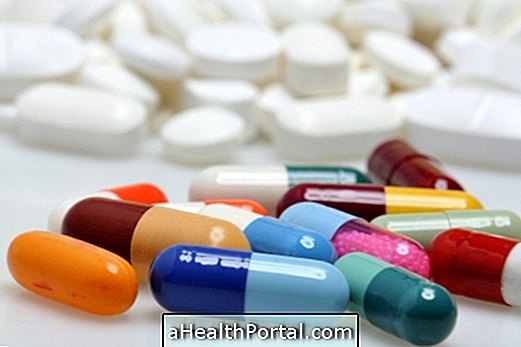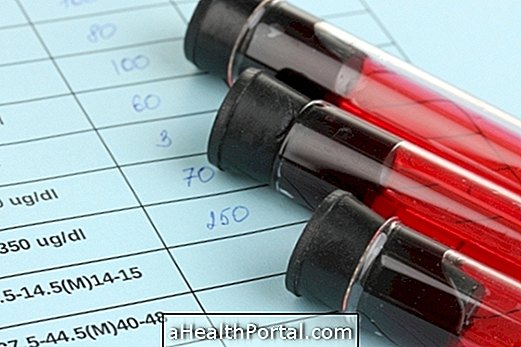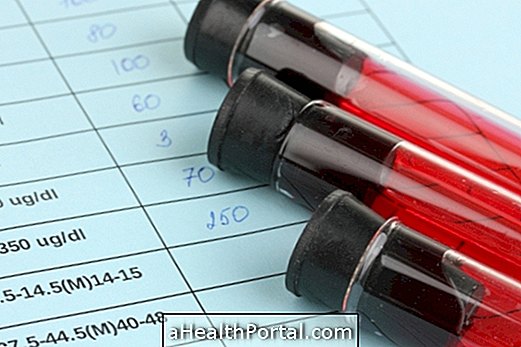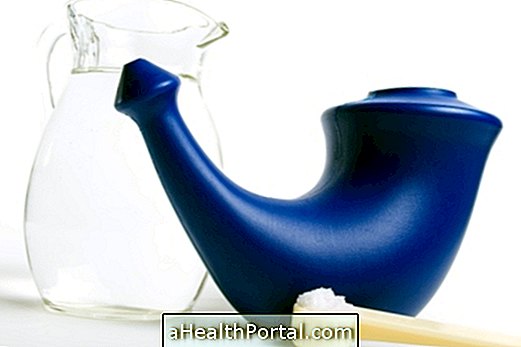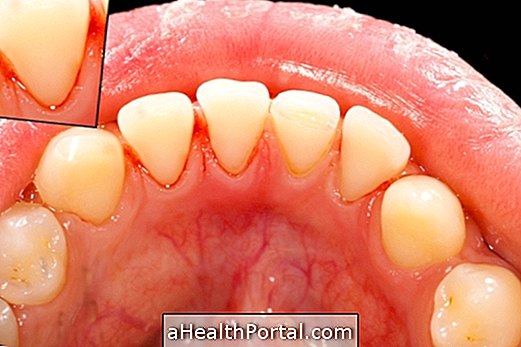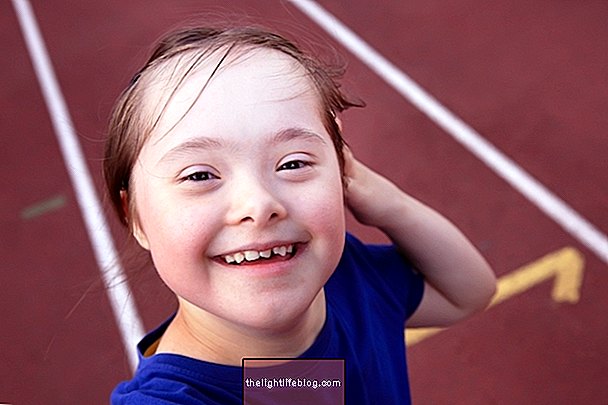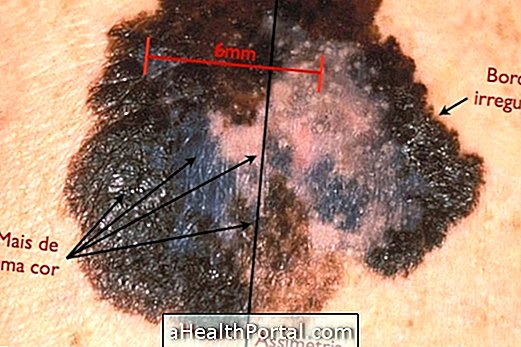Mania is one of the phases of bipolar disorder, a disorder also known as manic-depressive illness. It is characterized by a state of intense euphoria, with increased energy, agitation, restlessness, mania of greatness, less need for sleep, and may even cause aggression, delusions and hallucinations.
Hypomania is a milder picture of mania, with less severe symptoms that interfere less with the person's daily life. There may be more chatter, more disposition, impatience, more sociability, initiative and energy to perform daily activities.
The person with bipolar disorder experiences mood swings between bouts of mania or hypomania and depression. Generally, when switching between episodes of mania and depression, the disease is classified as Bipolar Disorder Type 1 . When it alternates between hypomania and depression, it is classified as Bipolar Disorder type 2 . Understand what bipolar disorder is and its characteristics.
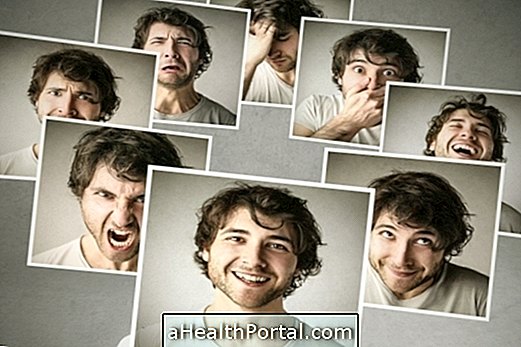
It is important to remember that not every mood change indicates bipolar disorder or mania, as it is common for all people to have slight mood swings throughout the day or week. To detect bipolar mania, the psychiatrist must perform an assessment of the signs and symptoms and identify if they are characteristic of the disease.
Main symptoms
Bipolar mania and hypomania elicit feelings of euphoria that are very disproportionate to any positive event. The main symptoms include:
1. Bipolar Mania
The manic episode has symptoms that include:
- Excessive euphoria;
- Inflated self-esteem or mania of grandeur;
- Speak excessively;
- Fast-thinking, brain-draining;
- A lot of distraction;
- Greater agitation or energy to perform activities;
- Loss of control over their attitudes;
- Involvement in risky activities and that usually require caution, such as foolish financial investments, rampant shopping or greatly increased sexual appetite, for example;
- There may be irritability or aggression;
- There may be delusions or hallucinations.
For the event to be characterized as mania, it is necessary to have at least 3 symptoms, which should last at least 7 days and persist most of the day, or in cases where they are so severe as to require hospitalization.
These symptoms are so intense that they usually disrupt the social and professional relationships of the person with the disease, being considered a medical and social emergency, which should be treated as soon as possible.
2. Hypomania
The signs and symptoms of an episode of hypomania are similar to those of mania, however, they are milder. The main ones include:
- Euphoria or high mood;
- Greater creativity;
- Reduction of the need for sleep, being rested after sleeping for about 3 hours, for example;
- Speaking more than usual or chattering;
- Accelerated thinking;
- Easy distraction;
- Agitation or increase of energy to perform activities;
- Easily carry out activities that would require greater caution, such as rampant purchases, risky financial investments, and increased sexual appetite.
The symptoms of hypomania do not usually cause damage to social and professional relationships, nor do they cause symptoms such as delusions or hallucinations, and usually last a short time, about 1 week.
In addition, they are not severe enough to require hospitalization, and in some cases may even go unnoticed. In these cases, many patients end up being treated as having only depression, since the alternation of mood may not be detected.

How to confirm
The episode of mania or hypomania is identified by the psychiatrist, who will evaluate the symptoms reported by the patient or by people close to him.
It is also important that your doctor make tests and evaluations that may rule out other illnesses or situations that cause similar symptoms such as thyroid dysregulation, side effects of medications such as corticosteroids, use of illicit drugs, or other psychiatric illnesses such as schizophrenia or personality disorders, for example.
Also check out what are the main mental disorders and how to identify each one.
How to treat
The treatment of bipolar disorder is guided by the psychiatrist, made with medicines that act by stabilizing the mood like Lithium or Valproate, for example. Antipsychotics such as Haloperidol, Quetiapine or Olanzapine may also be indicated to calm the behavior and decrease the psychotic symptoms.
Psychotherapy is very helpful in helping the patient and family cope with mood changes. Anxiolytics may also be indicated in cases of severe agitation, and in addition, in cases of severe or resistant treatment, electroconvulsive therapy may be indicated.
Learn more about treatment options for bipolar disorder.
